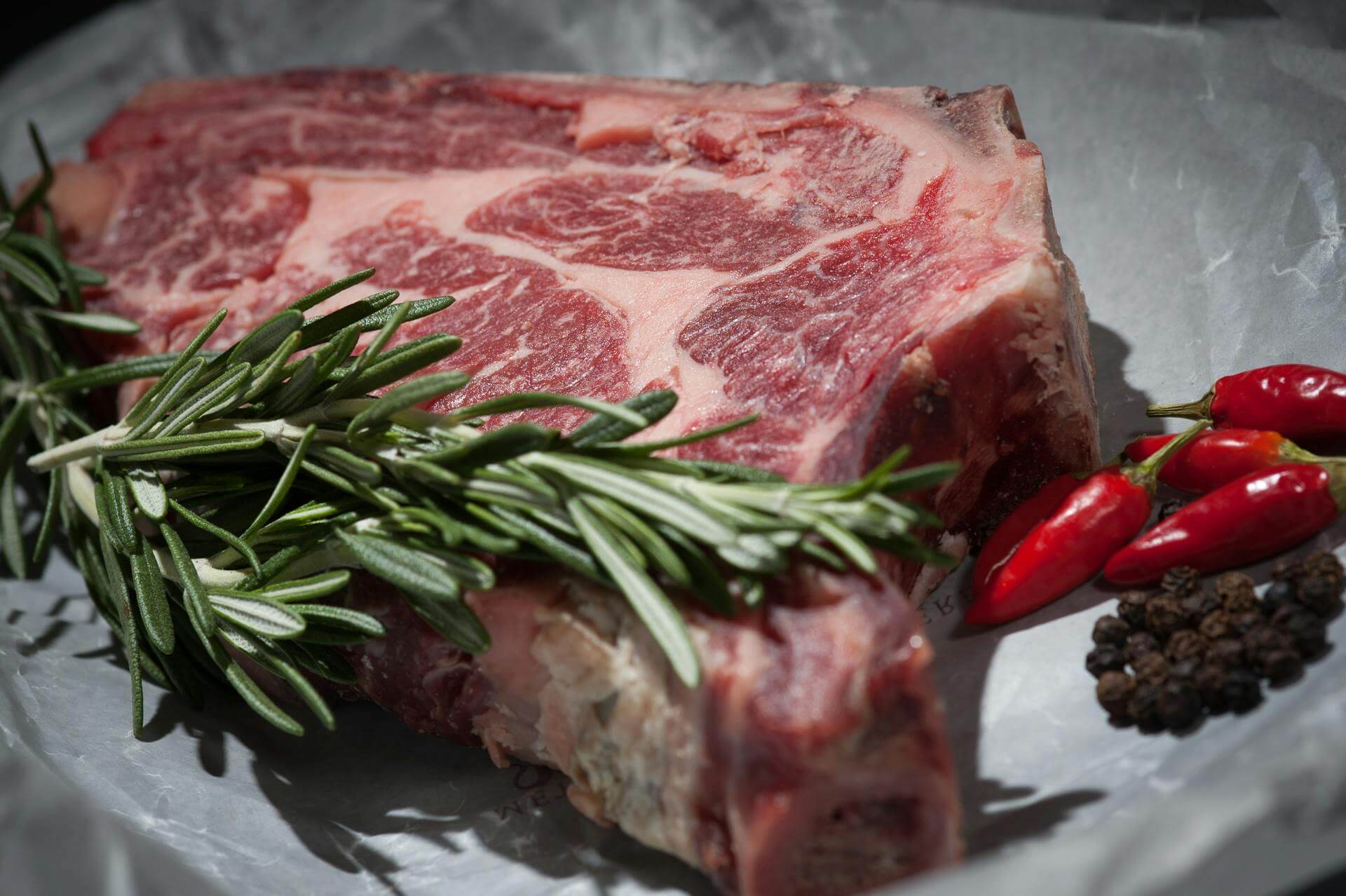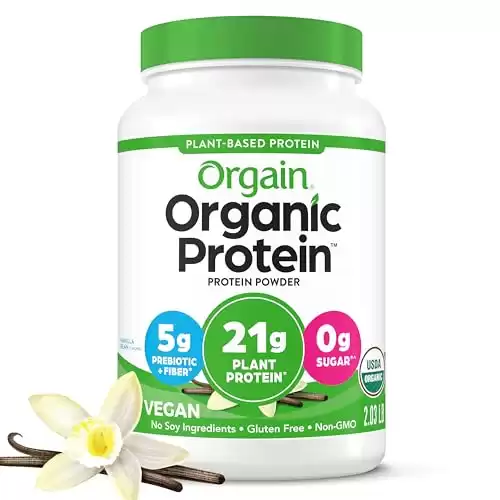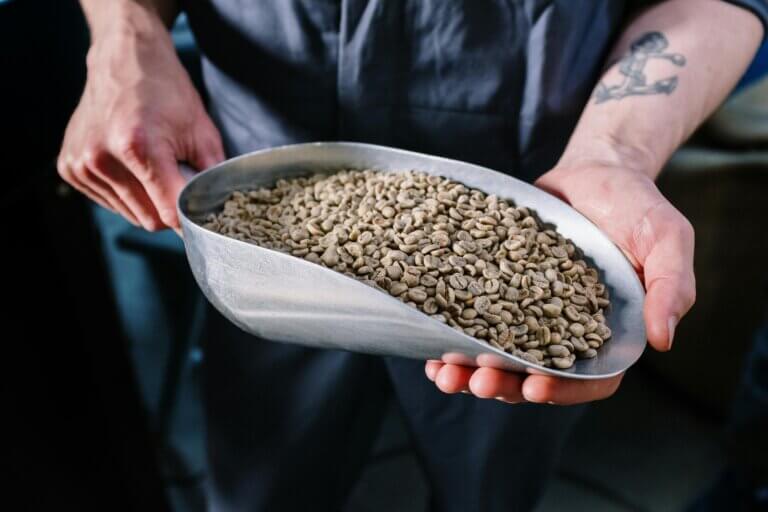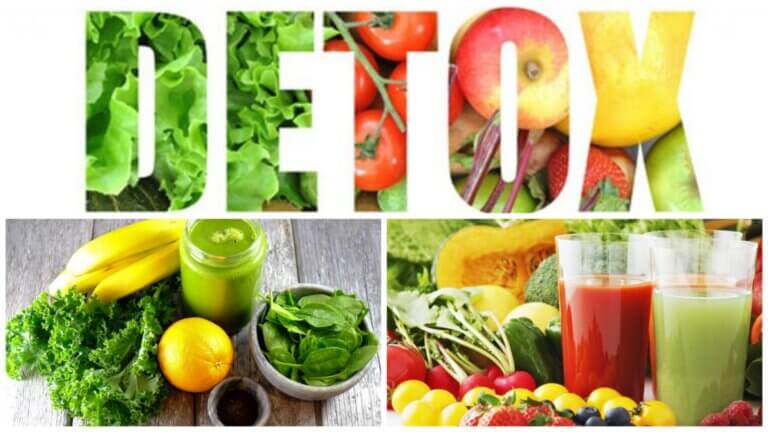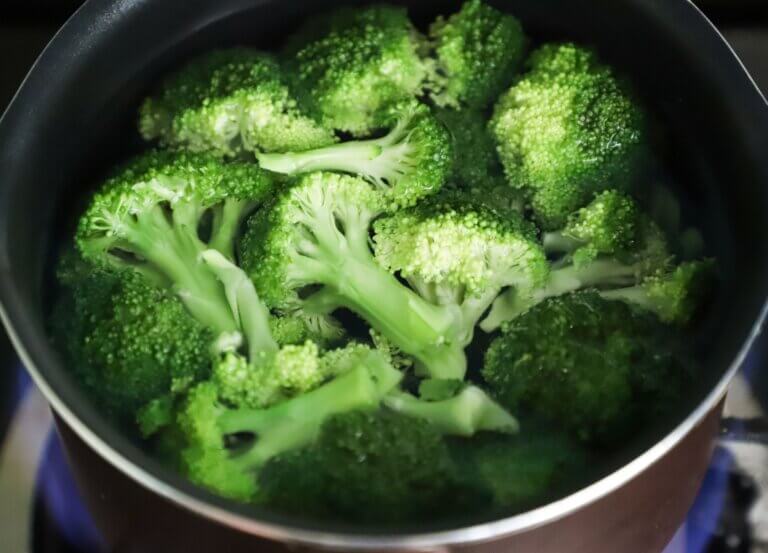Too much protein. Protein is an essential nutrient and is vital to your health. It is used to build muscles, skin, hair and nails. However, many people put their health at risk by eating too much protein.
The typical American diet already provides plenty of it and there is no point in adding any more, unlike fat cells, there is no place in the body to store protein so the excess is eliminated or is seen as fat rather than muscle.
So what you need to do is to consume just enough to allow your muscles to be healthy, perform work, and grow.
But how much is just enough?
You only use it for about 15% of your energy use, the majority of energy comes from fats and carbohydrates. Exercising does not necessarily mean that you require more protein but more carbohydrates to stop your body from breaking down protein and using that for energy.
Try to make sure that 70% of your protein comes from sources such as meat, fish, eggs, or poultry. The complete protein provided by these foods combines with incomplete protein consumed from other food sources. So your body makes the best of all the protein that you consume.
If you are consuming too much of it, you are probably consuming too many calories over your maintenance levels and this will show as an increase in your body fat levels. And with the advent of the latest fad high protein diets, not enough carbohydrates are being consumed so the protein is converted to glucose and not converted into muscle growth.
What your muscles need
What is needed for muscle growth is not more but high-intensity strength training with the required amount of time for rest and recovery between sessions. Because that major bodybuilding star you saw in the latest magazine requires 300 grams of it a day doesn’t mean that you have to. What he won’t tell you is that taking Steroids is behind his muscle gains and not his diet.
High-intensity strength training and not food stimulates muscle growth.
Consuming excessive amounts of it is not only bad for your liver and kidneys but also promotes vitamin and mineral deficiencies. It is also linked to osteoporosis and some forms of cancer.
Here’s a solution
One way to overcome the need to eat large quantities of it is to increase the consumption of protein in stages until a maximum efficiency point is reached and then drastically reduce it again. This obliges the body to over-compensate by increasing the efficiency of the absorption of it into the body.
An example of a protein-loading diet
Week One
Breakfast: Poached egg on toast, cereal with fruit and milk.
Snack: Fruit and protein shake.
Lunch: Chicken, potato, and vegetables. Fresh fruit salad.
Snack: Nuts, fruit, and biscuits with cheese.
Dinner: Fish any style, rice, vegetables, whole meal bread, and fruit salad.
Week Two
Breakfast: Two poached eggs on toast, cereal with fruit salad, and milk.
Snack: Nuts, fruit, protein shake.
Lunch: Chicken with potatoes and vegetables (any style)
Snack: Nuts, fruit, biscuits with cheese.
Dinner: Roast Beef with vegetables, brown rice, whole meal bread.
Week Three
Breakfast: Three eggs any style on toast, cereal with fruit and milk.
Snack: Nuts, fruit, and protein shakes.
Lunch: Turkey with potatoes and vegetables, brown rice, whole meal bread.
Snack: Nuts, fruit, protein shake.
Dinner: Ω Chicken, potatoes, veggies, brown rice, whole meal bread.
Before Bed: Protein shake.
Week Four
Breakfast: Four eggs any style on toast, cereal with fruit and milk.
Snack: Nuts, fruit, protein shake.
Lunch: Spaghetti with meat sauce, potatoes, brown rice, whole meal bread.
Snack: Nuts, fruit, protein shake.
Dinner: Roast Pork, potatoes, brown rice, whole meal bread.
Before Bed: Protein shake.
After week four of this protein-loading diet, move from the maximum intake of itto the lowest. So in the fifth week go back to the week one menu, in the sixth week, the week two menu, and so on.
This protein-loading diet provides a balance of protein, fats, and carbohydrates and combined with high-intensity strength training will be very effective in increasing muscular body weight without the need to ingest large quantities of it.
